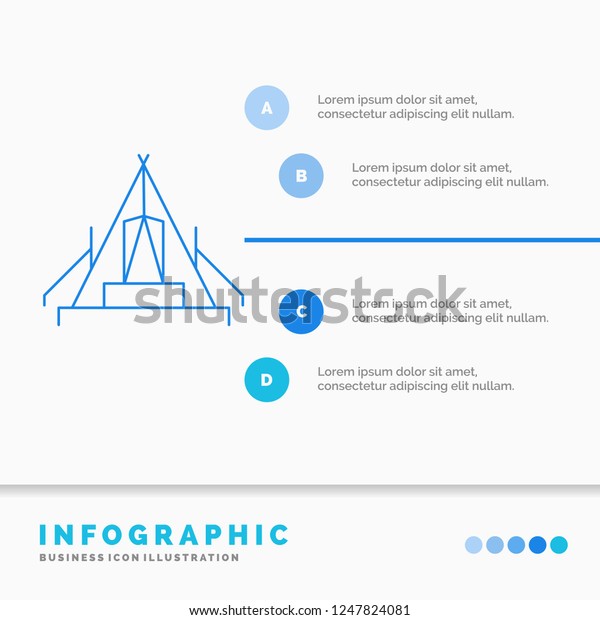Casting A Bigger Net Through Selling Camping Tents Online
Casting A Bigger Net Through Selling Camping Tents Online
Blog Article
Does Your Backpacking Tent Need an Impact?
An impact is pricey and includes added weight to your knapsack. It also isn't specifically sturdy.
Are pop up tents good for camping?
Ultimately, whether or not a tent footprint is necessary depends on where and how frequently you're camping. In general, it's a good idea to use one if you camp on abrasive surfaces or in wet problems.
Outdoors Tents with Reduced Deniers and Water-proof Rankings
Camping tents with reduced deniers and water resistant scores have a tendency to be lighter, however they can also be more breakable. They might need more frequent repairs and have much less indoor room than harder designs. If you're a casual backpacker who likes to travel rapid and light, this could be great; nonetheless, even more knowledgeable hikers know that sacrificing durability can come with large effects down the path.
The denier and water resistant rating of an outdoor tents's cover, rainfly, and floor can help you determine its livability. Try to find higher-denier materials on the canopy and rainfly, as well as taped joints that aid stop water from leaking through stitches. Some manufacturers also utilize warm and sealant throughout building and construction to produce a stronger joint; these are called bonded seams.
The livability of an outdoor tents can likewise be figured out by its floor measurements and ability. A camping tent's floor should be a little smaller than the footprint to prevent water from merging under the shelter.
Tents in Rough Surface
Lots of backpacking camping tents include an impact created particularly for their model, which aids make certain an appropriate fit and safeguards the tent's base from dampness and sharp items. Other suppliers offer universal impacts that can be reduced or folded to match a tent's measurements.
The kind of terrain you'll run into is one more important factor to consider for selecting a tent. As an example, if you'll be camping in a canyon or gully, try to find a shelter that can take care of strong winds. These problems produce turbulence that can make the distinction between enjoying your camping site or experiencing discomfort.
The ability and top elevation of a camping tent give you an excellent idea of its livability, yet additional variables to think about consist of vestibules (the area of the rainfly covering the doors) and overall storage area. For example, throughout our winter season testing of the Marmot Tungsten, its charitable 93-by-82-inch floor conveniently handled 4 sweaty backpackers and their puffier shoulder season resting bags while still leaving adequate area for equipment and people.
Tents in Wet Issues
Even if your outdoor tents appears completely dry, dampness hides in the spaces and crannies. In time, it can weaken the fabric. That's why it's so important to capitalize on rest days to deep-clean your outdoor tents and its components, such as zipper cellular linings, stake loopholes and adjustable webbing bands.
Additionally, make sure to pitch your camping tent in a level area, not a divot or concave spot, to ensure that ground water does not collect between the camping tent flooring and footprint or tarp. And if you're utilizing a footprint, think about a custom-cut one created for your outdoor tents's floor plan. It won't accumulate rainwater the method a common ground cloth or tarpaulin can.
Practice setting up and removing your tent in your home prior to you hit the road, to obtain a feel for how rapidly unique hiking gifts and effectively you can do it. Also, method surveying your tent in different surfaces to see just how easy it is (or isn't) to do in bad climate condition.
Tents in High-Rise Situations
Camping tents vary in flooring size and livability. As an example, a large outdoor tents with dual doors and vestibules like Marmot's Tungsten can deal with four backpackers without needing acrobatics to get in and out or to keep equipment.
The minimal route weight requirements is the best spec to compare versions, as it consists of the bare basics: tent body, rainfly and poles. Yet remember that the spec omits camping tent risks, man lines and things sacks.
The majority of backpacking tents can hold up to a light summertime tornado, but some can be swept away by gale-force gusts. Search for a design with solid posts, a raised bathtub-style floor and seam taping to minimize the opportunity of water permeating via. Pricier designs likewise often tend to include more powerful materials that can resist the influence of particles and other forces.
Are tents waterproof?
